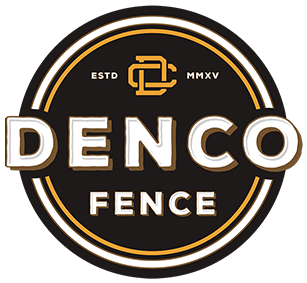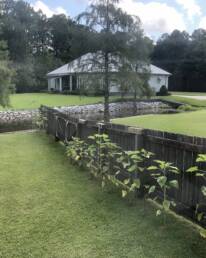Installing a new fence on your property can increase its value, bring aesthetic appeal, and give your family added privacy and protection against the unknown. Before installing a new fence, however, consider the irrigation system in use at your home. Irrigation systems provide nourishing water to the lawn and crops but can devastate the stability and appeal of a fence if the two come into contact.
Irrigation is a strategy used to produce a better crop with higher yields. It is the key to success for farmers and homeowners alike. Irrigation used at a home primarily keeps lawns green, healthy, and lush. It’s also used to fertilize and nourish small gardens on residential properties. Irrigation involves water and sod, both of which can be detrimental to a fence when handled improperly. Taking time to learn how to prevent damage is key to enjoying longevity with your fence.
When a fence or irrigation system in Denver is installed incorrectly, the damage that results can be extensive. Problems occur to unlucky Denver homeowners every single day. Luckily, preventing fencing and irrigation disasters before they occur is possible. Denco offers the following information for homeowners looking to prevent fence damage or destruction due to a faulty irrigation system.
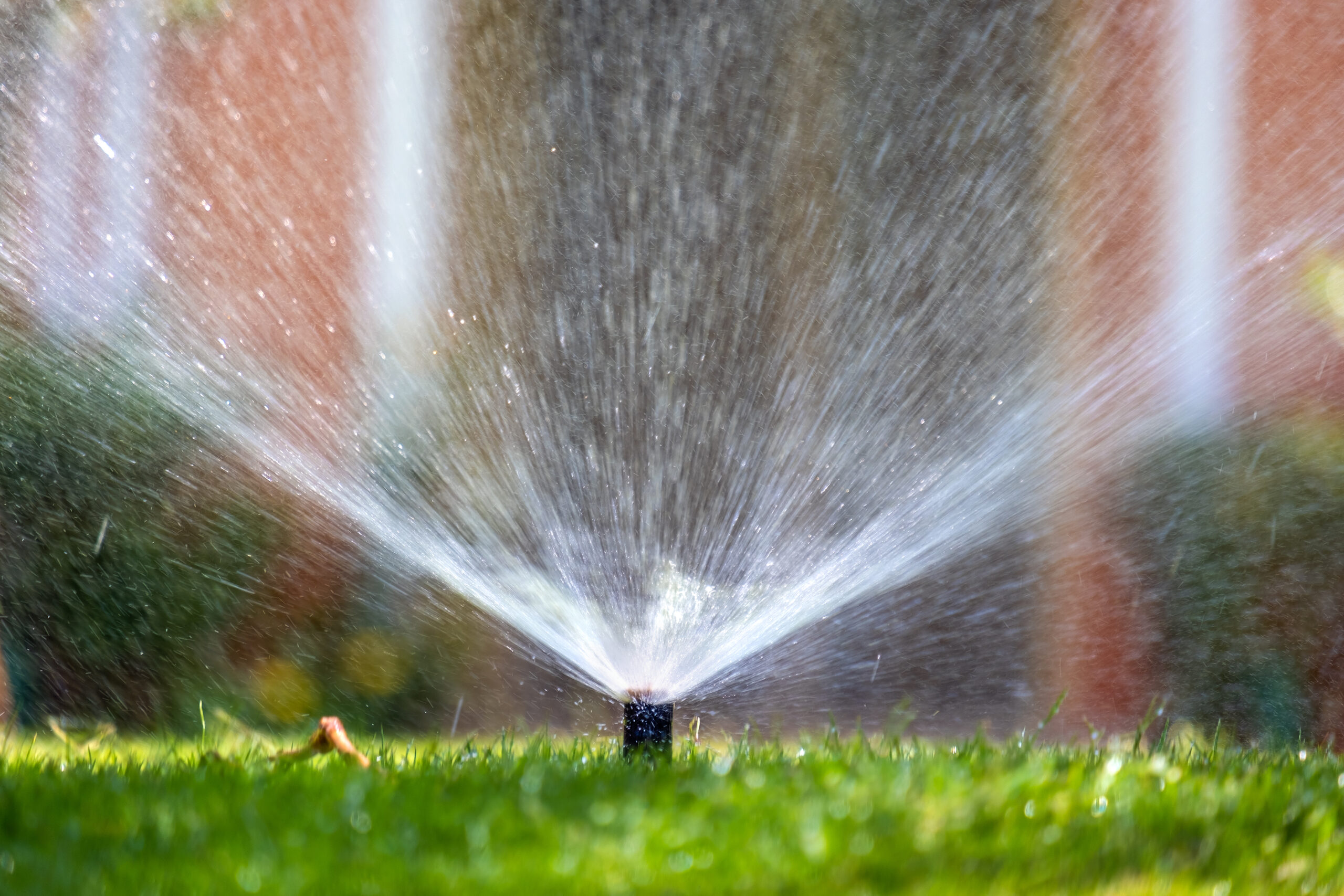 Three Types of Irrigation
Three Types of Irrigation
There are three main types of irrigation systems available for your home. Those three types are surface, sprinkler, and drip irrigation. Each type of irrigation system has benefits and disadvantages which should help you select the best system for your property. Comparing the types of irrigation systems available to use at your home and choosing the best one can drastically reduce the problems you potentially endure.
- Surface Irrigation: This type of irrigation uses a gravity-fed, overland flow of water to crops. There are three types of surface irrigation: furrow, basin, and border. This irrigation method is cost-effective but can be disastrous to fences since water almost always reaches the fencing structure.
- Sprinkler Irrigation: Sprinkler irrigation depends on a spray method to water crops. Using sprinkler irrigation allows fertilizer to be applied in a controlled manner and there is no soil erosion.
- Drip Irrigation: Most beneficial for larger crops and lawns, drip irrigation is also the most effective and efficient of the irrigation options. It delivers water and nutrients directly to the plant, reduces water waste, and ensures moisture and water are contained to a specific area.
Choosing the best irrigation technique for your needs reduces the odds of watering -and ruining- the fence. The best type of irrigation system depends on the specifics of what you require. Generally, drip irrigation provides the best results for most users. Call Denco for more information about the types of irrigation systems available and to learn which option is best for your needs.
Follow the Correct Order
Although there’s not a lot that you can do if the fence has been installed before irrigation, you can ensure the proper order is followed when building a home from scratch. Following the correct order of installation reduces irrigation problems now and into the future.
- Install a fence after the finished grade is done but before the sprinkler system, brickwork, or planting are completed to construct the fence correctly per the irrigation system setup.
- Sod placement is the final step of fence installation in Denver -when taking irrigation considerations into mind. Never place sod directly against a fence since it may cause discoloration and wood rot.
Laying sod or grass seed before fence installation can damage the grass from the equipment or the excavation process. It costs a lot of money to repair damage to the landscape. The ground will also be wet if sod has recently been laid, making it more difficult or impossible to work in the area and clean up. This means a longer, more gruesome installation process and potentially more expensive.
If the fence is put in before other landscaping, call Denco for a solution. We can always work around underground sprinkler systems, new sod, and other irrigation issues.
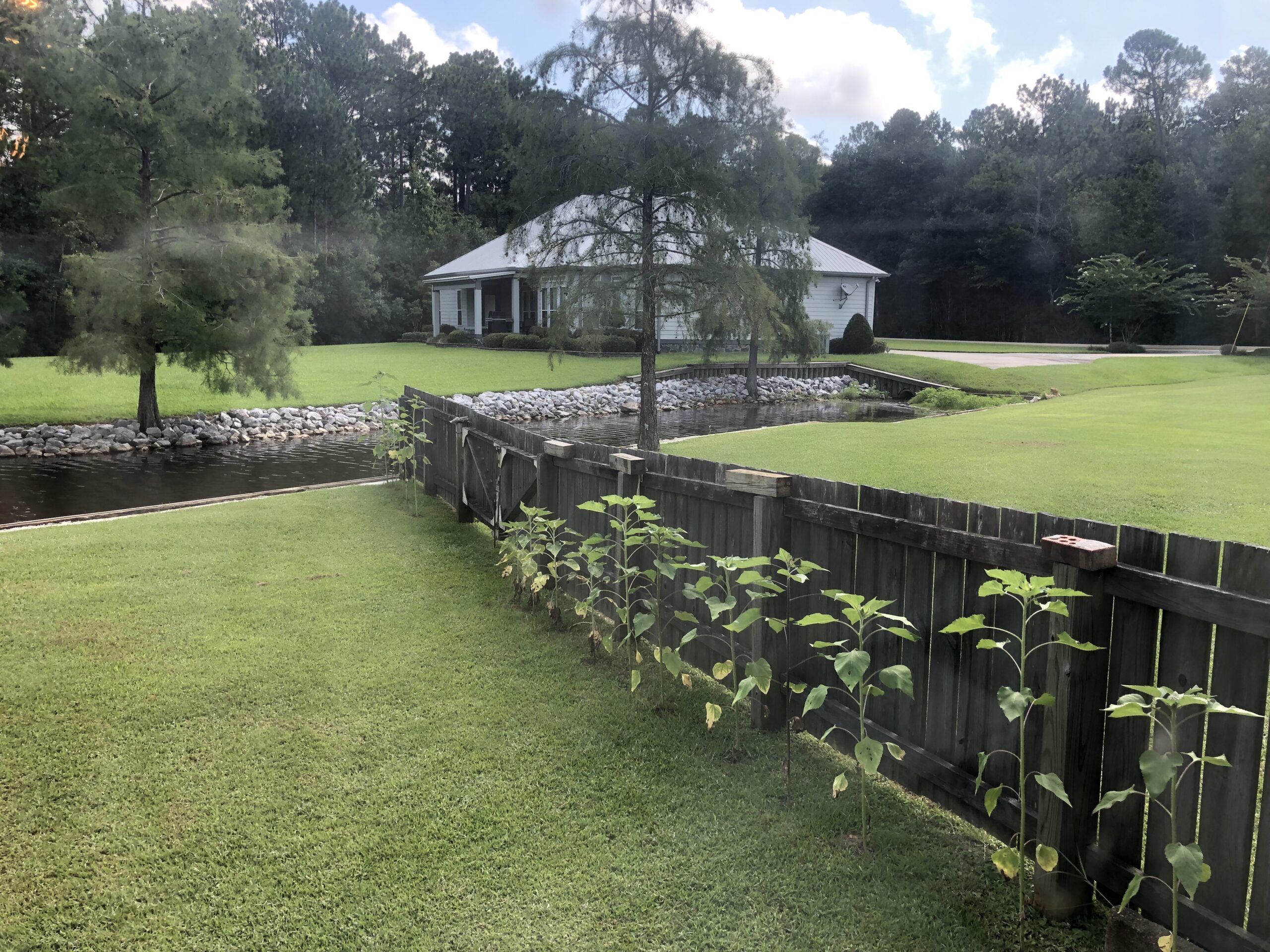 Don’t Place Irrigation Heads Near the Fence
Don’t Place Irrigation Heads Near the Fence
When planning and designing your landscape, don’t place irrigation heads near the fence. Placing irrigation heads near the fence can result in a plethora of problems, including:
- Discolored fencing is unattractive and a common issue faced by homeowners that do not take their irrigation system into consideration. Discolored fencing can be a real eyesore in the neighborhood, devalue the home, and cause other structural issues. Repairing discoloration is impossible, meaning once this issue occurs, replacement is the only option thereafter.
- Shorter lifespan of the fence. You’ll disadvantage yourself by shortening the fence lifespan when irrigation heads are located near the fence.
- Depending on the type of fence materials, mold, mildew, wood rot, and other structural issues may damage the fence.
Use a planting bed rather than place sod directly against the fence if you want to avoid the issues above. The bed should be a minimum of 5′ long for best results.
Sprinkler System 101
Sprinklers should be set up in a way that they never spray the fence. Watering a fence won’t make it grow but can cause a lot of damage. The best way to prevent accidental spraying of the fence is to place the sprinkler system at least two feet apart from the structure. This is a safe distance from the fence and can reduce problems and ensure your fencing isn’t damaged due to water or moisture build-up.
Keep Plants off the Fence
Allowing plants to crawl up the side or front or back of a fence may appeal to some homeowners who want an attractive design on their property, but can be very dangerous to the structure. Plants collect moisture which can damage the fencing panels. Avoid allowing plants to crawl up the fence to prevent possible problems like mold and mildew or discoloration.
Stain or Seal the Fence
Seal or stain the fence to protect it against discoloration, wood rot, and problems occurring as a result of Denver’s hail and strong winds. Stain and seal provide a protective barrier for the fence which prevents these elements from causing damage. Frequently staining a wood fence is one of the best ways to protect it against damage. Use a clear, silicone-based sealant if you want to keep the fence color the same. Otherwise, enjoy a color-boosing enhancement once you stain the fence.
 Choose the Right Fence Installation Company
Choose the Right Fence Installation Company
The wrong Denver fence installation company can make irrigation nightmares come true. They may not take the time to mark sprinkler heads and lines, which can result in the fence being built on top of the irrigation system. This problem is one of many that can result if you work with the wrong Denver fencing company.
Choose the right fence installation professionals by looking for experts that:
- Understand the irrigation process
- Listens to your needs
- Keeps you informed every step of the project
- Carry license and insurance
- Have experience and come recommended by other people in the Denver community
Fences offer homeowners at least 15-years of lifespan when correctly installed. Many fencing materials last 25 years or more, again, depending upon proper installation and maintenance. Correct installation requires individuals consider their home irrigation system. Do not set your fence up for failure! Put the above tips to use if you want to maintain your fencing and irrigation systems.
Give Denco a call at 303.223.6902 right away if you need more helpful irrigation and fencing advice or want to schedule a consultation to discuss your needs or request a free, no-obligation estimate.
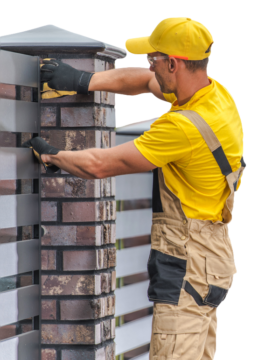
Need an expert opinion? Talk to our experts today!
When you talk to our experts at Denco Fence Company, we’ll help you compare fence styles, share design ideas, and answer any questions along the way. If you’re looking to build or repair a fence that you and your neighbors are going to love, get a free estimate and let us help bring your project to life.
